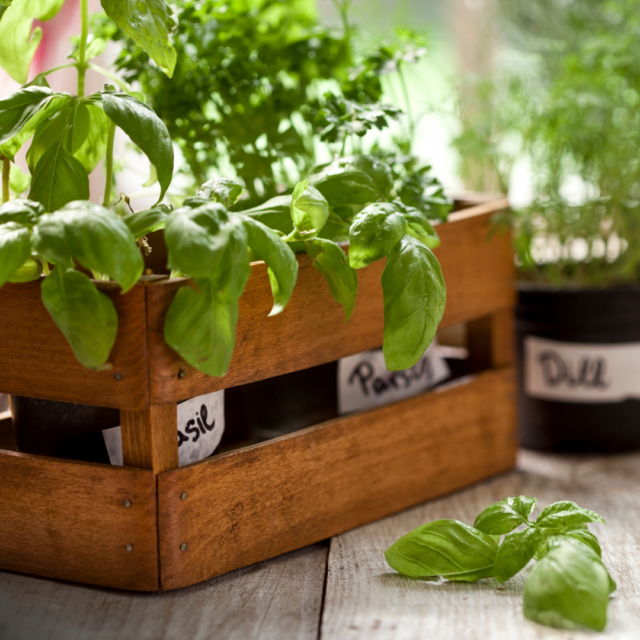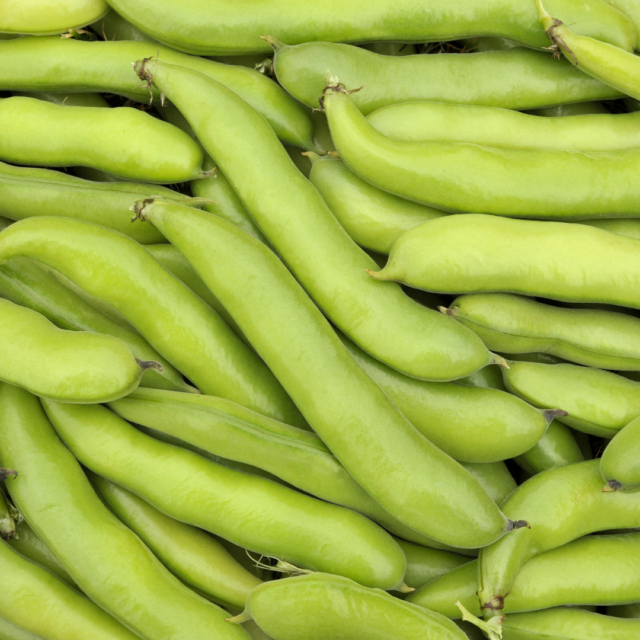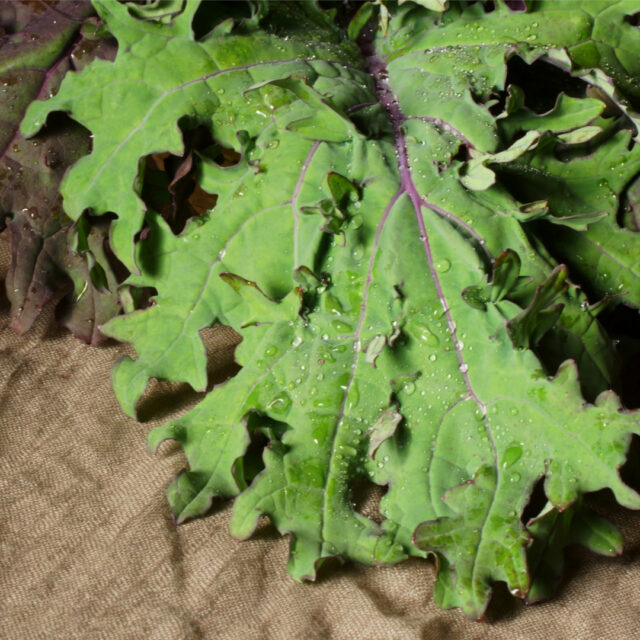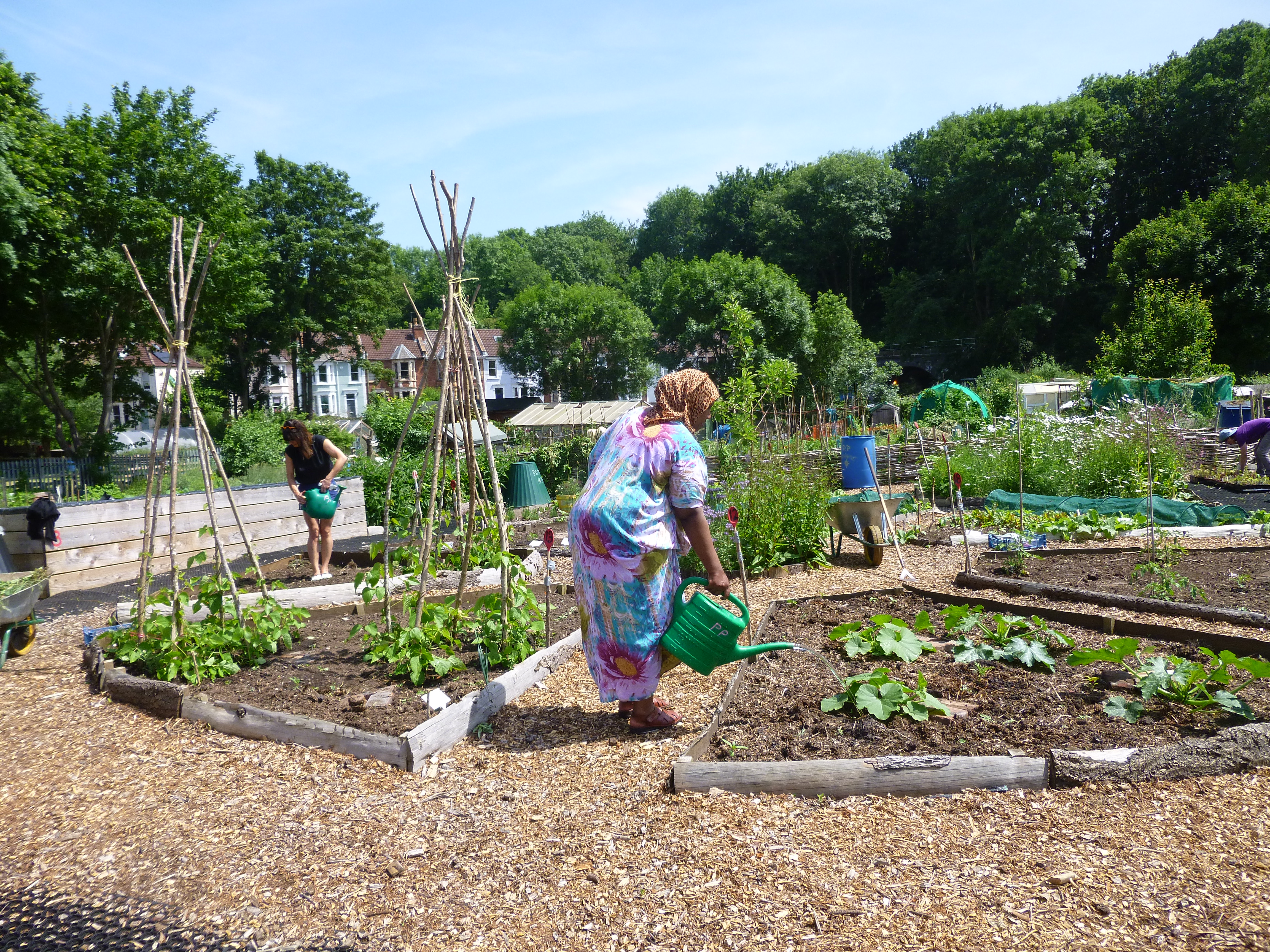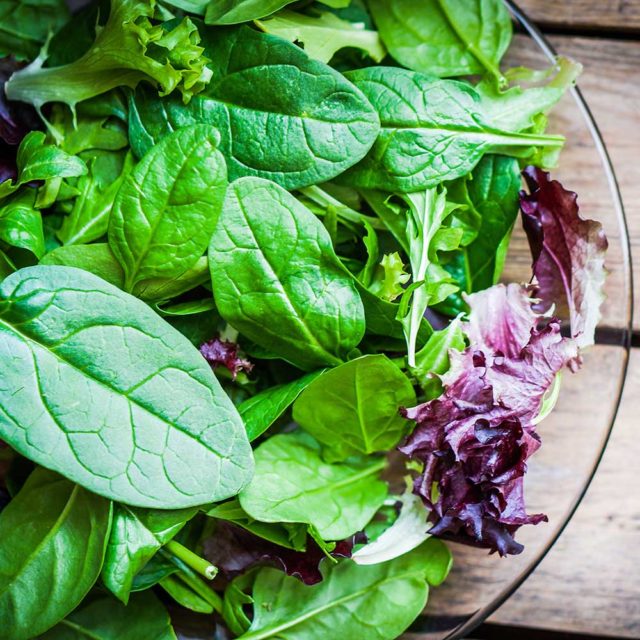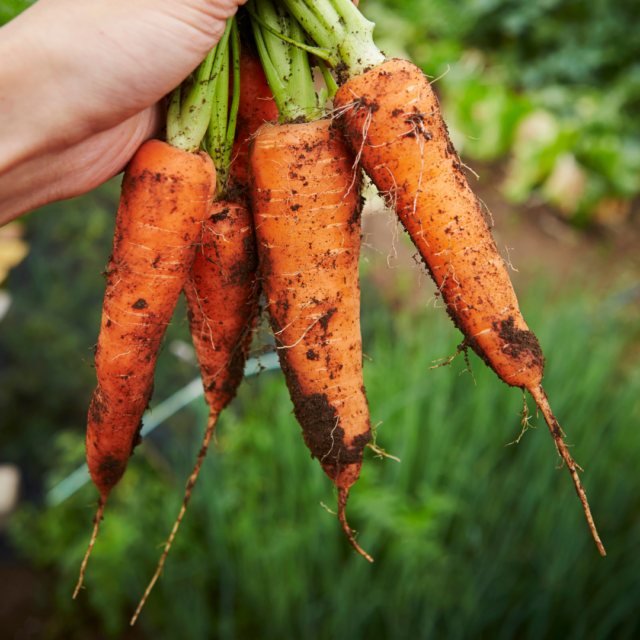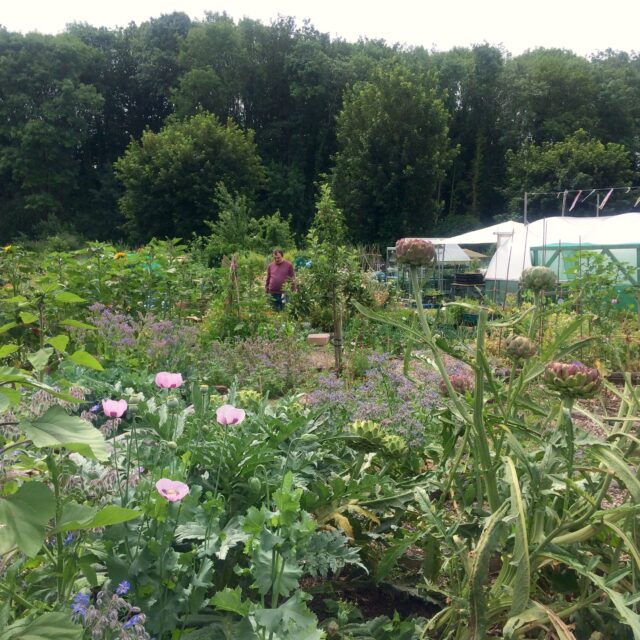A few tips on water saving – from water butts to adding organic matter to the garden.
Why do you need water saving garden tips? Especially after all this rain we have had for the last week.
Well, it saves money, and helps reduce energy usage!

We use 30-60% of our household water in the garden during the summer. And even in ‘rainy England’, we experience droughts and hose pipe bans every few years.
And if your water is metered, then water saving garden tips will help you save money. Provided, of course, that they are easy enough to turn into a habit.
Butts!
Let’s start with water butts. And saving water saves money. Its also much more environmentally friendly, saving energy and returning the water to the soil it came from.
There are lots of rainwater saving vessels – we personally like lots of smaller ones (around 100L) catching the rainwater off our shed roofs dotted around the garden. Its really handy to have water points in a variety of places in the garden, its pretty laborious walking back and forth to a tap that is miles away from your wilted plants. Its good to think about where in the garden generally needs more water – do you have a new tree that has recently gone in that will need after care? Do you have an area of that garden that is more free draining? Placing butts in these places will save time and your arms from carrying watering cans all over the shop. Installing water butts is a useful way to make your garden more environmentally friendly. Harvesting rainwater reduces mains water use and is better for your plants than mains water. It can also help reduce pressure on drains during periods of intense rain. Install as many butts as you can; you’re unlikely to fulfil all your garden’s needs but it’s a start.
Protecting the soil
If you don’t have space for a water butt, you can improve the water holding capacity of your soil by adding organic materials such as homemade compost or well-rotted manure, so when it does rain, more water stays in the soil rather than draining away. Mulching when the soil is already wet will help lock in some of that moisture too, so it’s a good idea to water your beds first, or mulch after a good down pour.
If you have the budget to do it, install a domestic rainwater-harvesting system; these can easily fill an underground tank holding 6,500 litres (more than 30 ordinary water butts) from the roof of most homes.
Tips on saving water
- Dig in organic matter such as well-rotted garden compost – this helps your soil retain extra moisture and can provide plants with the equivalent of an additional 5cm (2in) of rain: about 20 days’ supply for many common garden plants
- Prepare your soil in autumn or winter rather than summer as it will lose less moisture
- Apply a mulch such as bark chippings in late winter to help lock in water.
- When planting a tree, after preparing the hole, first fill it with water 2-3 times and let it drain down to the base before planting the tree, re-filling soil around its roots and adding a layer of mulch on top. This will ensure good soil moisture levels near the roots, encouraging deep root growth and resilience to drought, while reducing evaporation
- If your garden is prone to flooding, consider making raised beds. These allow the soil to drain well and help plants survive flooding, but be aware that plants in raised beds will need more watering than those in the ground
- Put saucers under containers to catch runoff, remove all weeds from containers (they use water, too) and use ‘grey water’ where possible
- If you purchase an automatic irrigation system, try to select one with sensors that turn off the water when it is raining or when the soil is too moist. Position the probe carefully and be aware that the settings may have to be adjusted for your soil type
